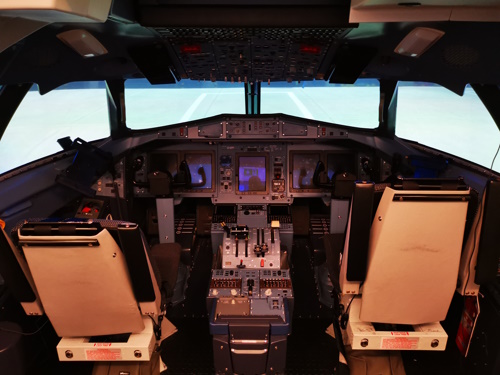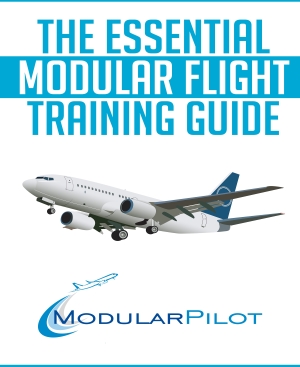For me it was an ATR rating for you it might be something totally different, but the process is pretty much the same no matter what aircraft you are flying.

At this point you have done the hard work, you have completed all your training, managed to get an airline to offer you a job and now you have a start date for your type rating. It’s all very exciting, but what can you actually expect?
The type rating is a very intense time, where all I did was study, eat and sleep. Personally, I would just forget anything but your type rating for the period you are on it as it is so consuming.
As you may have expertly worked out, I am currently flying the ATR.
Unfortunately, there will be no posts about the airline I work for but I thought a post on the ATR type rating would be helpful.
E-Learning
So the course started with two weeks of e-learning. This was an in-depth dive into all the ATR’s systems. This was a very intense time with full days of study until it felt like your head was going to explode with information. Modern aircraft are very complex and as a pilot, you need to know them very well.
This is a full-time course with a lot of information to take in.
Classroom Training
Next, I attended a few days of classroom training, this was to consolidate the information I had self-studied via e-learning. This was handy as it allowed you to ask any questions you had and to get your head around parts you had to self-study. The biggest benefit was that you have an instructor you can ask questions or get them to explain something you need a bit more help with. You also have the added benefit of other pilots going through the same thing to speak with.
Exam
After this, you have your technical exam. I believe this was 100 questions about the ATR’s systems, it was pretty intense, I am trying to recall the pass mark but I believe it was 75% but don’t quote me on that as it might have been a little higher. The exam was hard but fair and you will need to complete this before you move on to the simulator training.
Like any exam it can be stressful, but at this point you will have the required knowledge to be able to pass it.
Fixed Base
The next step will be to move on to a fixed-based trainer. This is where you get to sit in a flight deck mock-up or a simulator without motion and get familiarised with the systems & the flows. For those who don’t know, a flow is a sequence of things you do after an action, for instance after starting you will have a flow of systems you need to set up, these all need to be committed to memory. The fixed base is handy as it helps you get familiar with the layout and feel comfortable before the simulator sessions start.
Simulator Sessions
This will likely be the first time you get into the simulator. These are very complex multi-million pound machines that are designed to replicate the aircraft you are doing the rating on. They have full motion and the flight deck will be the same as the actual aircraft, they really are impressive machines.
Some airlines will have the simulators in-house while others will rent time at 3rd party simulators. This depends not only on the size of the airline but also on the size of the fleet.
We had 10 simulator sessions which cumulated with a skills test. The first sessions started out very simple and throughout the course they got progressively more challenging. You will face all sorts of issues such as engine failure after take-off, engine fires, flap unlocked, smoke in the cabin, stall, upsets, pilot incapacitation and much more.
You will also consolidate things like non-precision approaches, precision approaches, circling approaches & visual approaches.
While this is a very hard challenging time, it is also quite exciting learning to deal with such emergencies as they come up.
Skills Test
At the end of the sessions, you will then be faced with a skills test. You will complete a flight that is designed to incorporate what you have learned, so you can expect engine failure after take-off, single-engine approaches, non-precision and precision approaches, minor and major faults and pilot incapacitation.
The skills test is hard work, but by the time you approach it, you will be feeling ready for it. It may sound cliche but just try to stay calm and just take it step by step.
After this, you will get the good news that you have passed, get some paperwork signed by your examiner and send your paperwork to the CAA to get your licence updated with your new type rating.


Hello ModularPilot,
Just interested to know where you did your ATR training. Was that in the UK?
Hi! It was done at Simtech in Dublin.